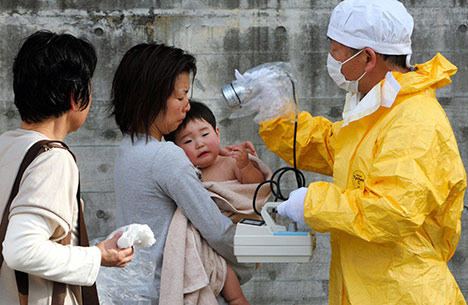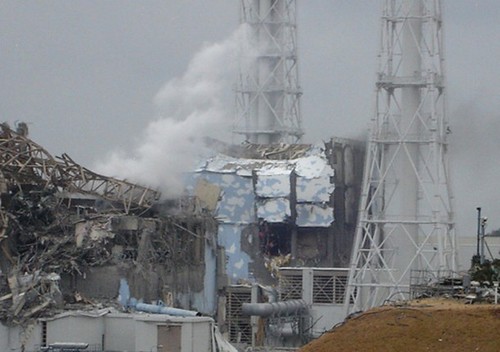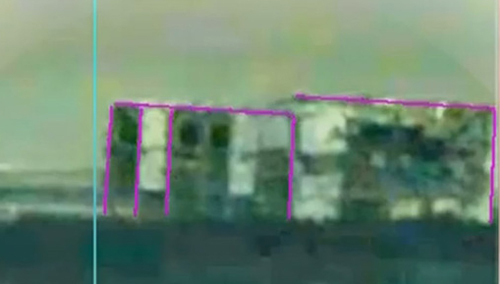By Amy Goodman, Democracy Now!
Three years have passed since the earthquake and tsunami that caused the nuclear disaster at the Fukushima Daiichi nuclear power plant in Japan. The tsunami’s immediate death toll was more than 15,000, with close to 3,000 still missing. Casualties are still mounting, though, both in Japan and much farther away. The impact of the Fukushima nuclear meltdown on health and the environment is severe, compounded daily as radioactive pollution continues to pour from the site, owned by the Tokyo Electric Power Company, TEPCO.
In an unusual development, more than 100 U.S. Marines and Navy sailors have joined a class action suit, charging TEPCO with lying about the severity of the disaster as they were rushing to the scene to provide humanitarian assistance. They were aboard the nuclear-powered aircraft carrier USS Ronald Reagan and other vessels traveling with the Reagan, engaged in humanitarian response to the disaster. The response was dubbed “Operation Tomodachi,” meaning “Operation Friendship.”
Three years after the triple meltdown at the Fukushima nuclear power plant, scores of U.S. sailors and marines are suing the plant’s operator, the Tokyo Electric Power Company, for allegedly misleading the Navy about the level of radioactive contamination. Many of the servicemembers who provided humanitarian relief during the disaster have experienced devastating health ailments since returning from Japan, ranging from leukemia to blindness to infertility to birth defects. We are joined by three guests: Lieutenant Steve Simmons, a U.S. Navy sailor who served on board the USS Ronald Reagan and joined in the class action lawsuit against TEPCO after suffering health problems; Charles Bonner, an attorney for the sailors; and Kyle Cleveland, sociology professor and associate director of the Institute for Contemporary Asian Studies at Temple University’s Japan campus in Tokyo. Cleveland recently published transcripts of the Navy’s phone conversations about Fukushima that took place at the time of the disaster, which suggest commanders were also aware of the risk faced by sailors on the USS Ronald Reagan.
Documents Show the Navy Knew Fukushima Dangerously Contaminated the USS Reagan
By Harvey Wasserman, Huffington Post
A stunning new report alleges the U.S. Navy knew that sailors from the nuclear-powered USS Ronald Reagan took major radiation hits from the Fukushima atomic power plant after its meltdowns and explosions nearly three years ago.
If true, the revelations cast new light on the $1 billion lawsuit filed by the sailors against Tokyo Electric Power. Many of the sailors are already suffering devastating health impacts, but are being stonewalled by Tepco and the Navy. The Reagan had joined several other U.S. ships in Operation Tomodachi (“Friendship”) to aid victims of the March 11, 2011 quake and tsunami. Photographic evidence and first-person testimony confirms that on March 12, 2011 the ship was within two miles of Fukushima Dai’ichi as the reactors there began to melt and explode. In the midst of a snow storm, deck hands were enveloped in a warm cloud that came with a metallic taste. Sailors testify that the Reagan’s 5,500-member crew was told over the ship’s intercom to avoid drinking or bathing in desalinized water drawn from a radioactive sea. The huge carrier quickly ceased its humanitarian efforts and sailed 100 miles out to sea, where newly published internal Navy communications confirm it was still taking serious doses of radioactive fallout. Scores of sailors from the Reagan and other ships stationed nearby now report a wide range of ailments reminiscent of those documented downwind from atomic bomb tests in the Pacific and Nevada, and at Three Mile Island and Chernobyl.




